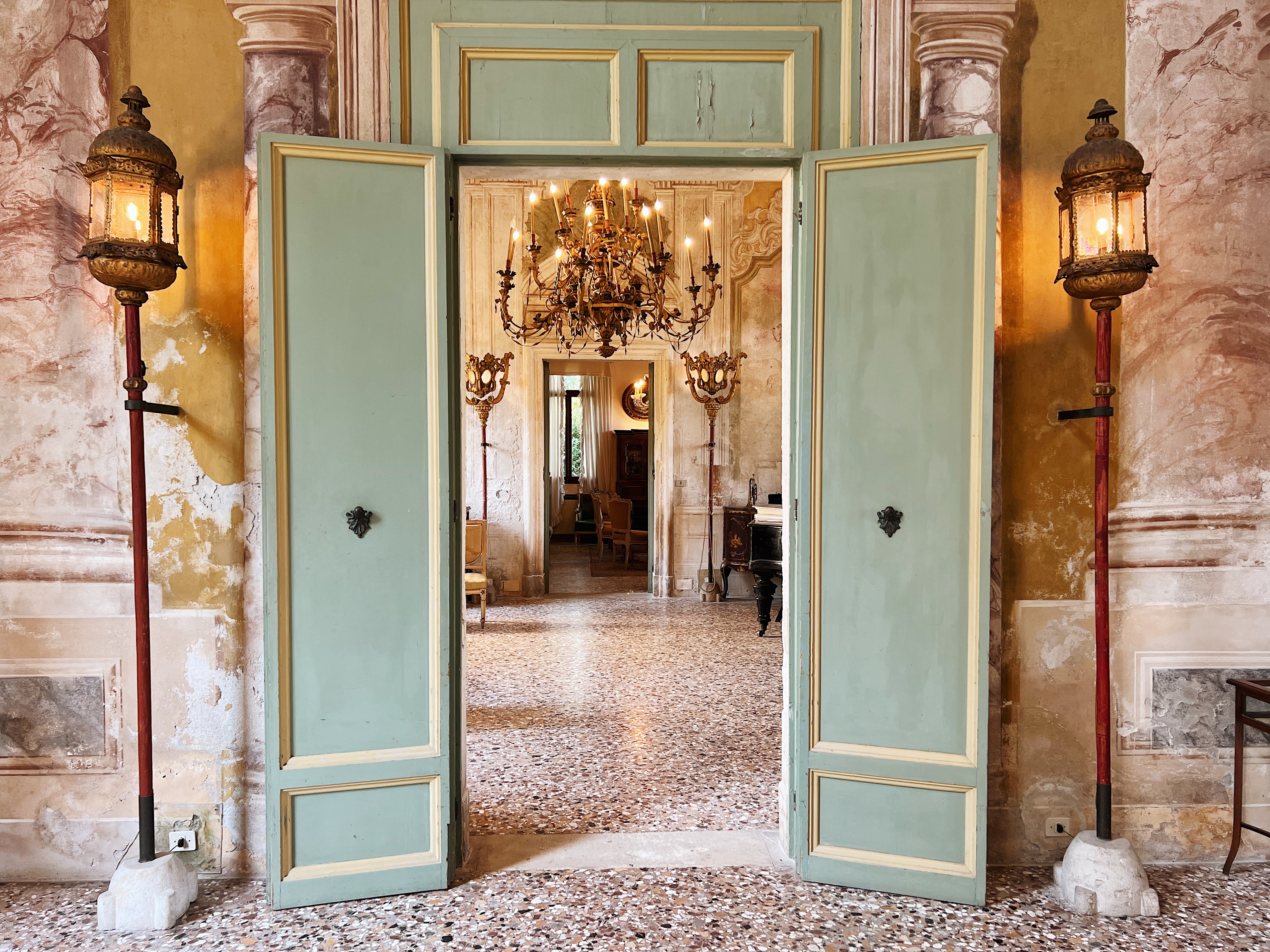Venice, 28 September 2022 – With many tender words, in 1667 Giovanni Sagredo exalted the beauty of the Riviera del Brenta, with its placid waters and villas with lush gardens. Indeed, it is a place that was able to fascinate writers of international fame - including Michel de Montaigne, Johann Wolfgang Goethe, Ernest Hemingway - and offered refuge to the royalty of Europe. Even today, it continues to bewitch like few others. As the autumn season approaches, we metaphorically set sail with the burchiello, the large river boat that once connected Venice to its hinterland, and begin the ascent of the Naviglio Brenta to discover the most beautiful Venetian villas and their history.
Being an incredible concentration of art, nature and genius of man, the Riviera del Brenta has been for centuries the other side of the noble and aristocratic Venice with its patrician families. It was here, in fact, that from the second half of the sixteenth century the Serenissima concentrated its efforts on territorial enhancement, reorganizing what were uncultivated and abandoned lands and making them more productive. Already owning vast territories in the area, many noble Venetian families saw the potential of such projects and decided to establish their agricultural estates along the river, also building a residence where they could live and control the correct progress of the crops. Thus, the concept of “villeggiatura” (the habit of living in the county side) was born.
Although rural, the home of a patrician family had to be adequate to the living standards of its owners. Therefore, like the city palaces lined up along the canals of Venice, also on the Riviera del Brenta villas were built with the disposition of the traditional Venetian house, composed of a central room with an entrance at both ends, and rooms of almost square shape located on both sides. To the central body of the building were then added other structures necessary for the management of the agricultural land, such as the barchesse, suitable for storing food and goods, but also shelters, stables, as well as farmhouses.
However, the boundless space and the green fields of the Venetian hinterland quickly proved fertile ground for the creative inspiration of great sixteenth-century architects such as Palladio, Sanmicheli, Sansovino and Scamozzi, who tried their hand at designing homes with increasingly bold volumes, playing with the verticality of the environments and with horizontal extensions.
No longer limited to the performance of an administrative function, the residences on the mainland began to be enriched with decorative frescoes, sculptures and lush Italian or English gardens, so much so that overlooking the Brenta’s Canal there was a continuum of noble settlements, resembling the typically-Venetian relationship between water and architecture. Up to the eighteenth century, the concentration of Venetian residences on the mainland was so high that the Riviera began to be considered the natural continuation of the Grand Canal, almost like a “village of Venice”.
The burchiello, a large wooden river boat equipped with the best comforts of the time, was the favourite means of transport to face the long journey on the Brenta’s Canal to the villas. Starting near Piazza San Marco, the route sailed across the Venetian lagoon, including an initial stop at Lizza Fusina, where the custom was located, and then continued along the entire waterway until arriving near Stra.
The villeggiatura’s periods on the Riviera del Brenta were generally two: from 12 June of St. Anthony of Padua, at the end of July for the summer season, while in autumn from 4 October, Feast of St. Francis, until the end of the harvest, which usually took place in the first days of November.
From the spectacular Villa Pisani, also known as "La Nazionale" and Villa Foscari in Malcontenta, to the most collected such as Villa Fattoretto and Villa Tito, through the beauty of Villa Widman and the barchessa of Varmarana: the Riviera del Brenta is still shown today, centuries away, as a place of charm and the ancient guardian of the Venetian greatness.

